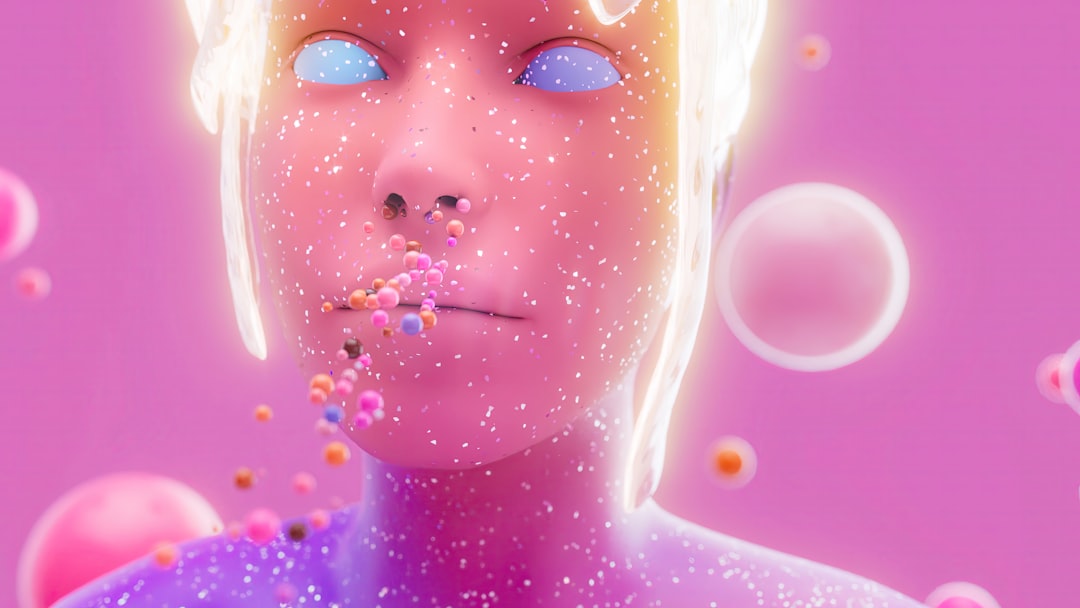What is it about?
This extensive and highly detailed paper is the first comprehensive review of dichoptic presentation methods for binocular rivalry research. Despite scientific and technological advances in 3D display technology over recent decades, a fundamental aspect of stereoscopic techniques that has been neglected in both the display technology and vision research literature is the specific development of digital viewing methods for inducing reliable rivalry. This paper is the first to bridge these two areas by critically addressing several key aspects of rivalry viewing techniques such as display parameters, cost, convenience, image quality, and subject population, for application in studies ranging from psychophysics and brain stimulation to large-scale clinical and genetic approaches to the phenomenon.
Featured Image
Why is it important?
This paper will appeal widely to vision researchers, imaging specialists, neurobiologists, computer scientists, optical engineers, physicists and clinical scientists alike, and further broaden the focus of rivalry research by stimulating novel interdisciplinary studies between these various fields.
Read the Original
This page is a summary of: Dichoptic Viewing Methods for Binocular Rivalry Research: Prospects for Large-Scale Clinical and Genetic Studies, Twin Research and Human Genetics, November 2013, Cambridge University Press,
DOI: 10.1017/thg.2013.76.
You can read the full text:
Contributors
The following have contributed to this page










